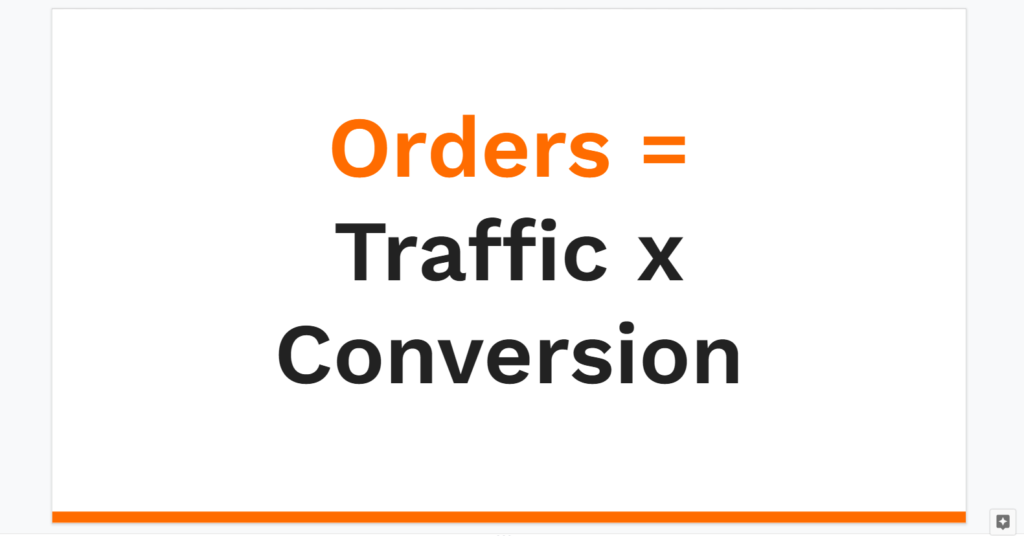
Shalin Bhatt is the ex-Head of Growth at Zomato. He was a key player in scaling Zomato to being a profitable marketplace and now he is helping other founders to reach their goals faster.
When people think of business growth, they typically think of some of the many initiatives that they are taking and against those initiatives they are planning to scale their business.
But what they often fail to realize is that growth has two aspects, one is of course the initiatives they are taking and the other is the business leakage that they are incurring today, which they are or are not aware of, or unable to fix. This leakage can be one of the factors holding them back to scale faster and farther.
As you scale your business, identifying specific patterns that are leading to business decline or growth becomes a very powerful muscle.
As a Founder, if you want to have a clear understanding of your revenue model, you will have to understand every aspect of your business. As D2C brands, the first lever for growth that we think of is Marketing. But you know that you need to be involved equally in other aspects as well, like, product, logistics, customer service, etc.
Being a D2C Founder, it becomes super important for you to decode the “D2C Dictionary” to break down growth problems and speak the language so as to prevent leakage. Listed below are some of the important terms from the dictionary for every founder:
- Revenue = Orders * AOV: When your revenue falls, instead of quickly going to breaking down the different aspects of the order part, start thinking around the AOV.
Try figuring out “is it because my low SKU products are selling more?” or “is my revenue model working all right?”, etc.
If it is not an AOV problem, then move to if or why you are getting fewer orders, if the coupons codes you are providing working properly, etc.
- Orders = Users * Frequency: Understanding the bridge between two branches, namely, no.of users and the repeated purchases they have made is a key factor to getting a proper understanding of the orders.
Which of the branches are breaking and causing a dip in the numbers and how you can fix it, what are the other factors that are leading to the loss of frequency or acquiring new users, are some important questions to find answers to.
For eg, top of funnel marketing can lead to a drop in users or new users. If you offer poor customer experience, delayed orders, etc, that may lead present customers to order less and less from you in the future, resulting in a decline of frequency.
- Users = New + Retained: If you are noticing a drop in the number of customers, that might be an issue of the last month and not the present one. Figure out which section of the users are leading to the drop in your sales.
Is it the retained customers or new users?
When you can figure out the source, it becomes easier to set up a plan to rectify the issue.
- Retained Users = Lifetime base * Retention: As a business, your rate of repeat customers should always increase. So, if your repeat users are the same for consecutively 2 months, that is an issue that you should look into first.
- Orders = Traffic * Conversion: If 2500 people are visiting your website and 20% of them made it to the end and made a purchase, then 20% is your conversion rate. This is extremely helpful as it will help you figure out if the low conversion rate is a marketing issue or a product issue.

- Traffic = Organic + Paid: Demystifying which part of the traffic, organic or paid, is getting you more customers would help you plan your next marketing strategy better.
- Paid Traffic = Eyeballs * CTR: Paid traffic depends mainly on your ad budget and how many impressions can you buy with it. The no. of eyeballs you receive may be more or less the same but it is the CTR that will show how many people are actually making it to the website.
- Eyeballs = Budget * CPM: Cost Per Impression basically depends on the channel you are advertising on. If it is Youtube, CPM would be higher and if it is a simple banner ad, it would be much lower. The budget is totally in your control. You can opt for getting half the no.of eyeballs with a particular budget and vice versa.
- CAC Payback = GM% * AOV: How to know that the CAC you are getting is good or bad? This can be understood basis the quality of your transactions which is a function of the no. of average orders and GM%. If you want a profitable cohort, say of 100 customers, you need to have at least 200 orders to leverage that.

Growth FARM:
In conclusion, whenever you are looking at your business, keep in mind these 4 tabs:
F- Frequency
A – Acquisition
R – Retention
M – Monetary Value
We were thrilled to have Mr. Shalin Bhatt, Ex-Growth Head at Zomato who shared such amazing pointers, walked the cohort through his journey at Zomato and helped them crack and understand their growth models.
Interested in being a part of these sessions?
Join our next cohort: